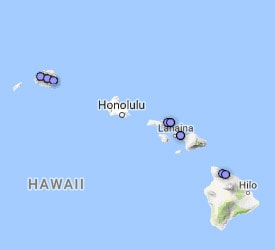World 🢖 Australia and Oceania 🢖 Polynesia 🢖 United States 🢖 Hawaii 🢖 Maui
Waterfalls 🢔 Geological wonders 🢔 Categories of wonders
Wonder
Wall of Tears, Maui
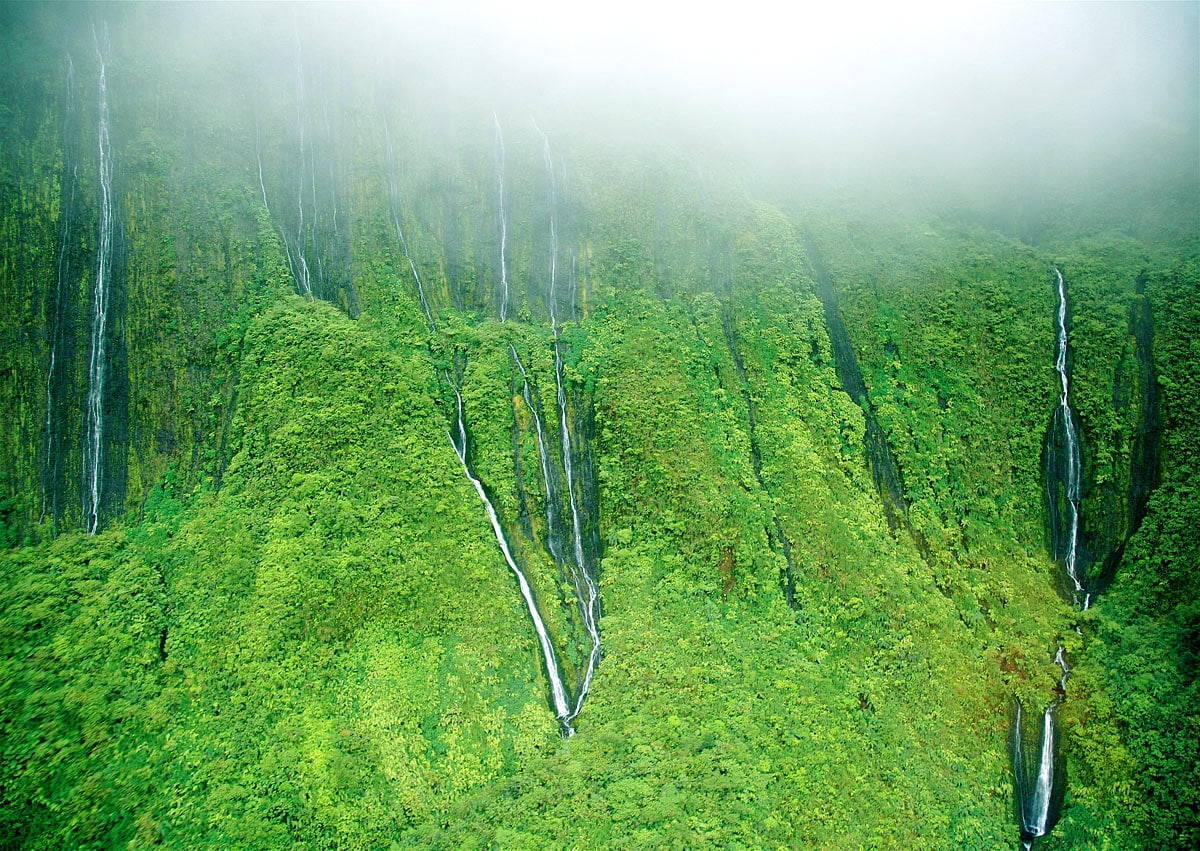
 In short
In short
After heavy rains Wall of Tears looks like few places on Earth. The green walls of the giant, narrow Waihee Valley are covered with ever-moving, improbable waterfalls which fall down from… it is not seen from where because the clouds cover the valley.
 46.8%
46.8%
GPS coordinates
Location, address
Height
Stream
Map of the site
If you see this after your page is loaded completely, leafletJS files are missing.
 In detail
In detail
Pu’u Kukui
Long long ago the mighty Pu’u Kukui mountain was even higher – it was a volcano that last erupted some 320,000 years ago. Since then the heavy and frequent rains have changed the landscape beyond recognition – water has carved incredible, deep gorges with steep, almost vertical sides. Thanks to the fertile soil, frequent rain, and tropical climate even the steepest cliffs here are covered with lush vegetation.
Rain here is frequent. In fact – this area belongs to the wettest places in the world: near the summit of the mountain the amount of rain reaches 9,820 mm. The amount of precipitation is not measured everywhere – in some places it could be even higher.
People have created villages, gardens, roads and planted a forest in places where the land is more or less even but the terrain of Maui in many places makes human activities impossible. And in some places it is even almost impossible to come by feet – one needs climbing equipment, a sharp machete, lots of food and endless patience to get anywhere…
The far end, the beginning of Waihee Valley is one of such places. Here hides a great natural wonder – Wall of Tears.
Wonder of Maui
Wall of Tears is a group of waterfalls that have formed at the beginning of Waihee Valley, on the ridge between this valley and Īʻao Valley to the south. Most falls seep through the cliffs as countless springs.
Water of these falls, for the most part, does not plunge straight through the air – it flows down along nearly vertical walls of the canyon. Maximum height of falls – 488 m (conversion from the round 1,600 feet) is very approximate.
Wall of Tears is accessed by a helicopter and several companies offer to the tourists the possibility to fly to the falls for some minutes.
This flight is almost unique – helicopter moves through a deep, green canyon of giant size until reaching the destination. At the far end of the canyon, numerous silver threads are raining down the soft green walls. Rain here is very frequent – for the most part of the time, the valley is shrouded in mist. Frequently the clouds hide the summit of the canyon – then it looks as if the falls are raining down from the clouds.
Number of falls in the Wall of Tears is changing according to the amount of rain. Sometimes here are counted up to 17 falls but some images show that at high water it is impossible to separate and count the threads of falling water.
According to a legend once upon a time gods poked the cliffs with fingers and since then cliffs are "weeping" – that’s how the falls were created.
Sometimes it is mentioned that here were filmed scenes of movie "Jurassic Park" – this is not true. These scenes were filmed in Kauai where is located another Wall of Tears.
References
- Wall of Tears. World Waterfall Database. Accessed on September 4, 2016
Wall of Tears in Maui is included in the following article:
 Linked articles
Linked articles
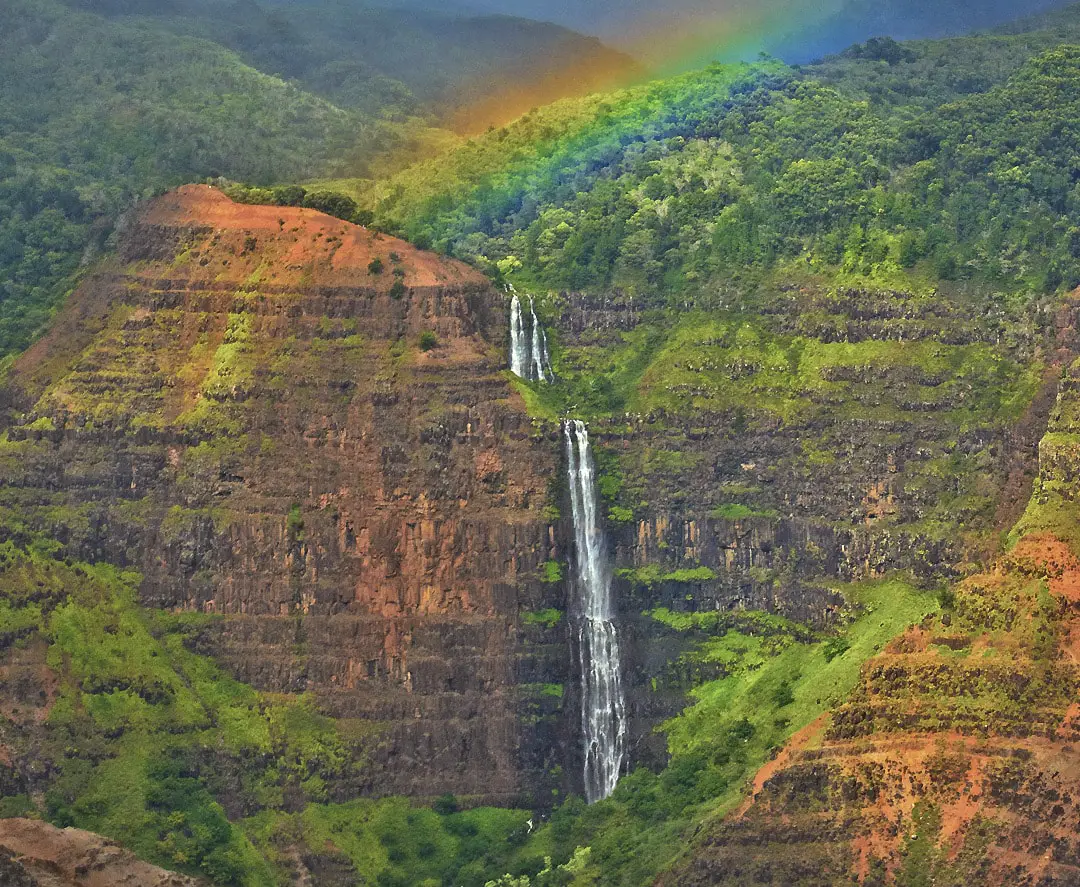
Wonders of Hawaii
The Hawaiian Islands belong to the most remote islands in the world. Hawaii is characterized by a tropical climate, mountainous relief, volcanism, and isolation. If compared to most islands in the Pacific, several Hawaiian Islands have comparatively large landmasses. All these factors have led to the development of numerous impressive and unique natural attractions and some impressive monuments of culture.
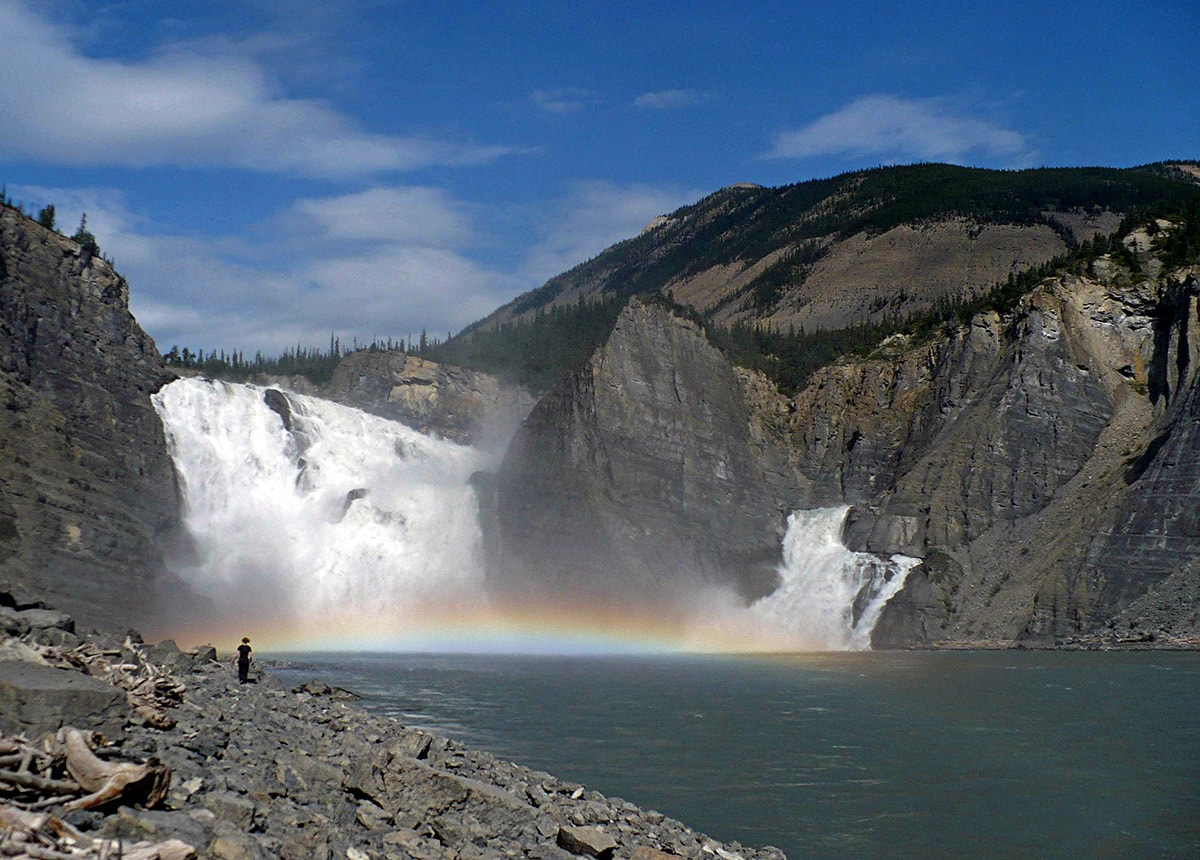
Waterfalls
Some of the most fascinating and awe-inspiring natural monuments are waterfalls or locations where a river abruptly changes its elevation.
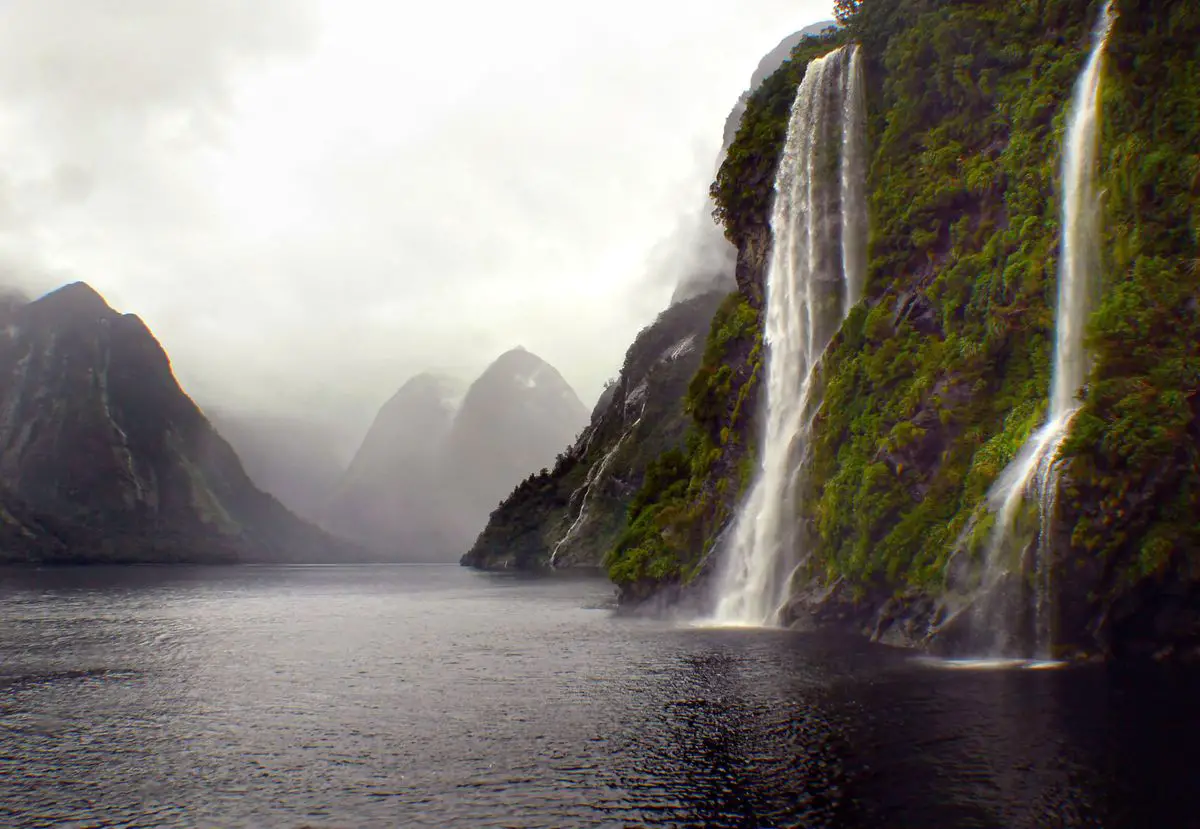
Wonders of Polynesia
Although the landmass of Polynesia is small, the charm and special beauty of this region are some of the most impressive on our planet. These islands are endowed with lush and beautiful nature, with warm oceans and friendly people representing a distinct culture. Polynesia is very rich in both natural and cultural landmarks and many of them are unique.
 Recommended books
Recommended books
Ancient Sites of Maui, Molokai and Lanai
This informative and easy-to-follow guidebook makes the ancient sites of Maui, Molokai, and Lanai available to the general public for the first time. Grouping the sites by location, the book characterizes the cultural background of five main types of sites: heiau (temples), pohaku (sacred stones), petroglyphs, caves, and fishponds.

